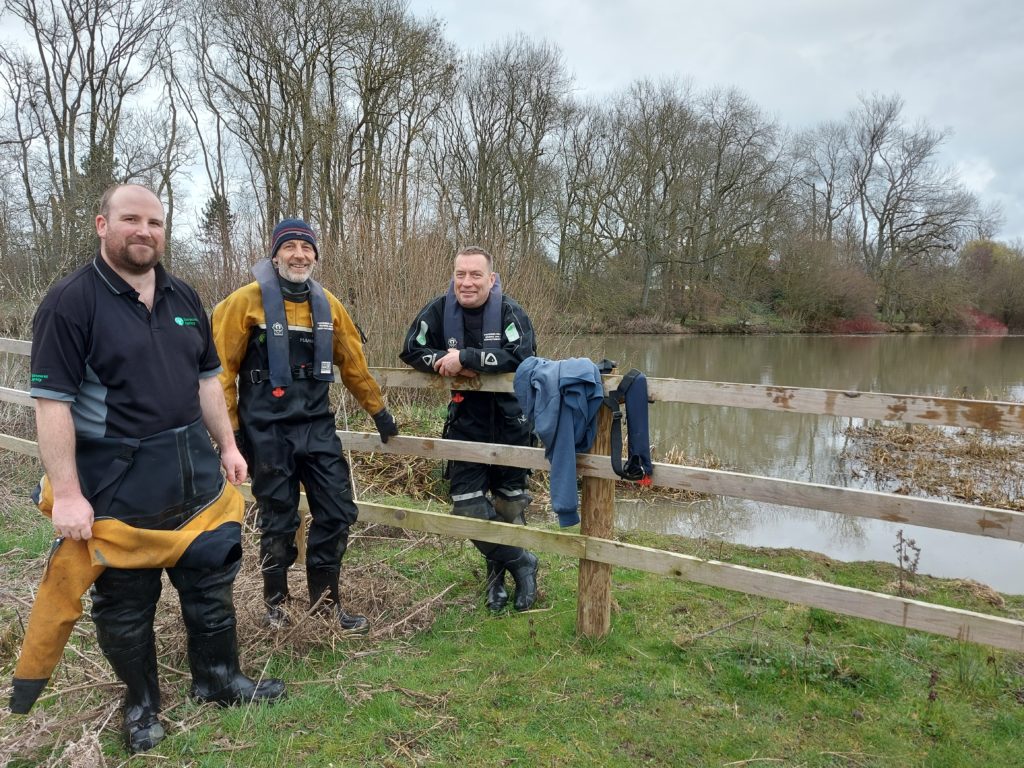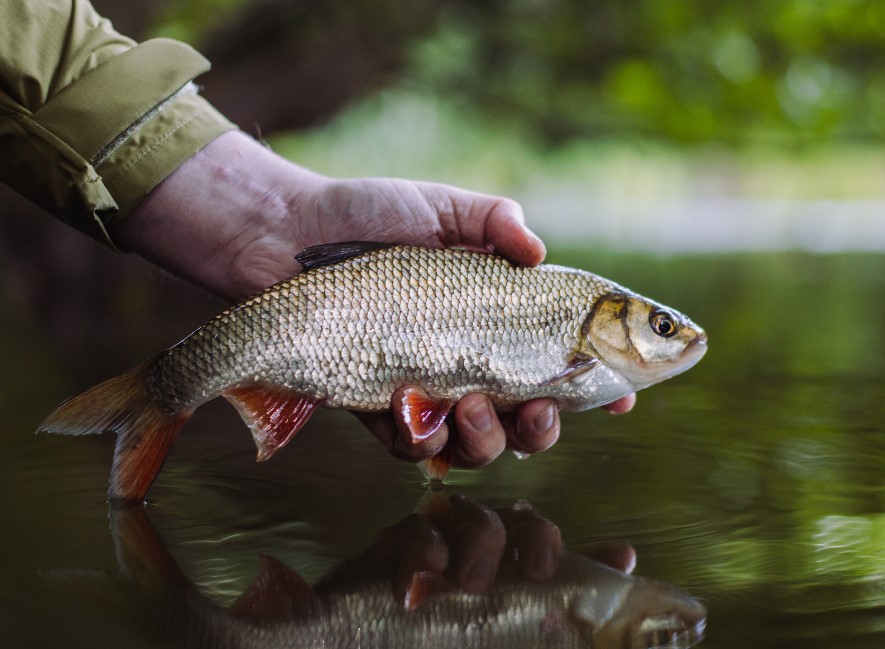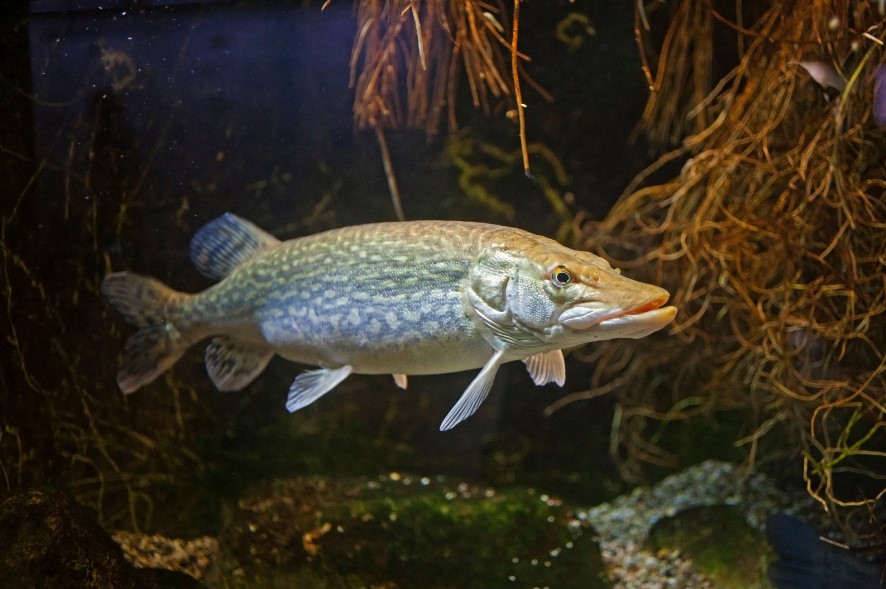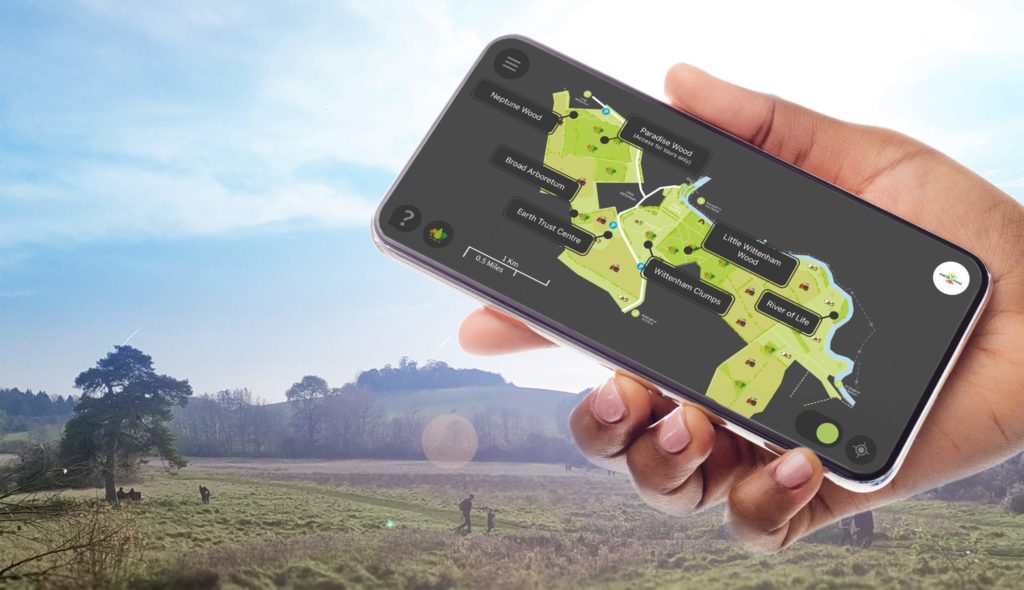Counting fish at River of Life II
As part of the ongoing biodiversity monitoring for our River of Life II wetlands project, our partners, the Environment Agency, have carried out the first fish survey at the site.
The data gathered about fish populations – the number found of each species, their size and age – gives a really valuable insight into the overall ‘health’ of the river as well as the impact of our newly created habitats along the banks.
Nine different species of fish were identified in the count, including juvenile stickleback, pike, gudgeon, dace, bleak and roach.
Healthy numbers of fry were also counted, offering a terrific indication that the backwaters and channels, that were created just one year ago in the Thames and Thame rivers, are supporting various fish species by offering the perfect breeding ground. The slower waters in the backwater channels, with the dense vegetation growing at the side of the banks, are providing safe refuge areas for fish to lay their eggs and acts as a nursery space for young fry to hide from predators until they are ready to journey into the fast flowing river.

Roach (Rutilus rutilus)
The roach is a silver fish that has bright red fins. It is one of the most numerous fish in the river and can grow to over 2lbs if the water quality is good.


Pike (Esox Lucius)
One of the top predator fish in the river is the pike, which grow to more than 20 lbs in weight. Equipped with a strong jaw that is lined with very sharp teeth, they eat most things that move under the surface of the river, including worms, maggots and other small fish.
Welcoming new life
50 years ago, the Thames was considered biologically extinct (as in too dirty for anything to be able to live in it). Thankfully, this has changed as more protective legislation has come into force and more wildlife has returned to the river.
The freshwater Thames is now home to a hugely diverse community of fish species – from minnows growing to just 3cm in length, to huge pike and carp weighing 30lb or more.
We are already seeing clear indications that the River of Life II project will further enhance biodiversity in our local area. Beyond this, we also hope it will demonstrate how landowners can make a difference through such initiatives and the immense value of partnership working. If replicated on an even larger scale (for example, at many more places along the River Thames) then the impacts could be even more significant.
The project has a lifespan and potential legacy that will tackle a number of environmental challenges. With wetlands now recognised as having an important role in capturing carbon from the atmosphere, and with their ability to act as natural flood defences, these habitats can have far-reaching effects. Read more about this exciting project on our River of Life II page.
As we continue to monitor the site with support from our project partners, including the Environment Agency and independent ecohydrology experts, we will be looking to learn how efficiently our newly created wetlands are working and if any adjustments to our approach to boosting biodiversity are needed. Special thanks go to the Environment Agency team for carrying out this vital piece of work.
Get involved
Come and explore for yourself! Download the app for a walking route map
You can help with our biodiversity monitoring by letting us know what wildlife you spot when you visit. As well as the fish in the waters, we’re also keen to find out what mammals and birds are being attracted to the area. There have already been sightings of cormorants, kingfishers and otters. Share your photos and stories with us on our social channels. We love to hear from you!
